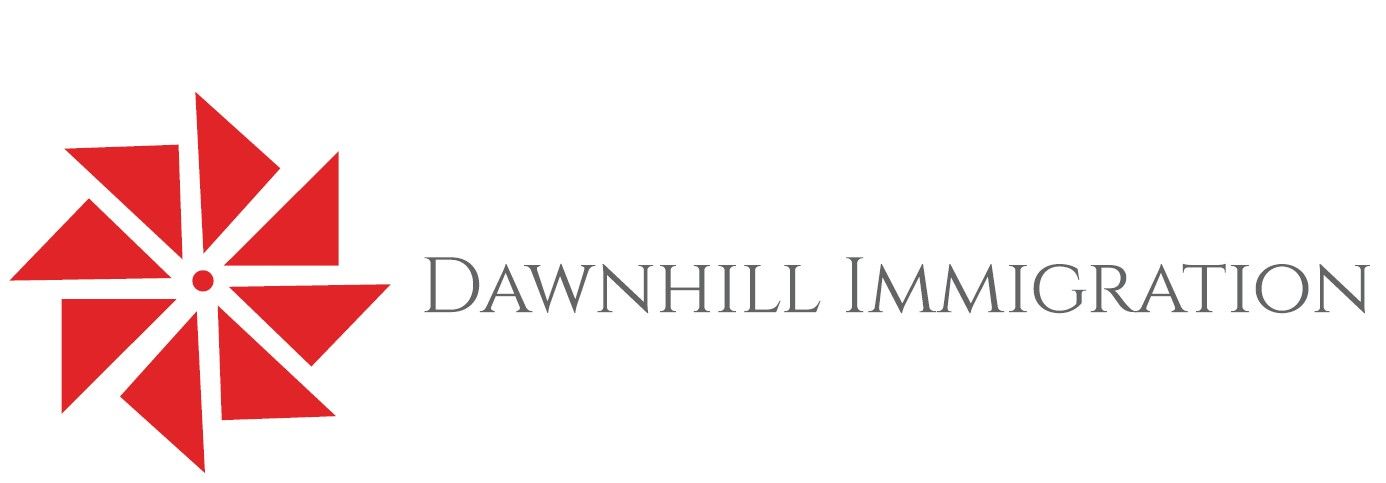The Essential Guide to Navigating Canadian Immigration Processes
Understanding the Canadian Immigration System
Canada is known for its welcoming attitude towards immigrants, offering various pathways to individuals seeking to live and work within its borders. However, navigating the Canadian immigration processes can be complex and overwhelming. Understanding the system's fundamentals is essential for a smooth transition.
The Canadian immigration system primarily consists of three categories: economic immigration, family sponsorship, and refugee/humanitarian programs. Each category has its specific requirements and processes, which can vary based on factors such as age, education, work experience, and language proficiency.

Economic Immigration
Express Entry System
The Express Entry system is a popular route for skilled workers aiming to immigrate to Canada. This online system manages applications for three federal programs: the Federal Skilled Worker Program, the Federal Skilled Trades Program, and the Canadian Experience Class. Candidates are ranked using the Comprehensive Ranking System (CRS), which allocates points based on factors like age, education, language proficiency, and work experience.
Provincial Nominee Programs (PNP)
Each Canadian province and territory operates its own Provincial Nominee Program (PNP), allowing them to nominate individuals who wish to settle in a particular region. PNPs are designed to address specific labor market needs and often target skilled workers, entrepreneurs, or graduates from local educational institutions.

Family Sponsorship
Canadian citizens and permanent residents can sponsor their family members to immigrate to Canada through the Family Class Sponsorship program. Eligible family members include spouses, common-law partners, dependent children, parents, and grandparents. Sponsors must meet specific eligibility criteria and agree to financially support their family members.
It's important to note that processing times for family sponsorship applications can vary significantly depending on the relationship between the sponsor and the applicant and the country of residence of the applicant.

Refugee and Humanitarian Programs
Canada is committed to providing protection to individuals fleeing persecution or suffering from humanitarian crises. The Refugee and Humanitarian Resettlement Program offers refuge to those in need through government-assisted or privately sponsored programs. Additionally, Canada offers asylum to those already in Canada who fear returning to their home country.
Applicants for refugee status must go through a rigorous assessment process to determine their eligibility and need for protection. This process includes interviews, background checks, and verification of claims.
Preparing Your Application
A successful immigration application requires careful preparation and attention to detail. Start by gathering all necessary documents, such as identification, proof of education, work experience records, and language test results. Make sure your application is complete and accurate to avoid delays or rejections.
Consider consulting with an immigration consultant or lawyer to ensure that your application aligns with current regulations and policies. These professionals can provide valuable guidance throughout the process, helping you navigate any challenges that may arise.

Conclusion
Navigating the Canadian immigration process can be daunting, but understanding the different pathways and requirements can significantly enhance your chances of success. Whether you're applying through economic immigration programs, family sponsorship, or seeking asylum, being well-informed is crucial.
Stay updated on any changes to immigration policies and consider seeking professional advice when necessary. With thorough preparation and determination, you can embark on a new journey in Canada with confidence.
